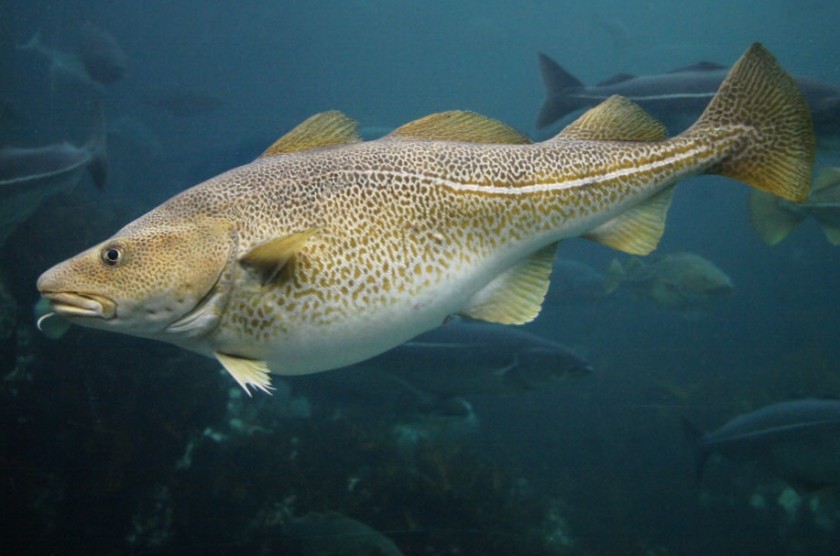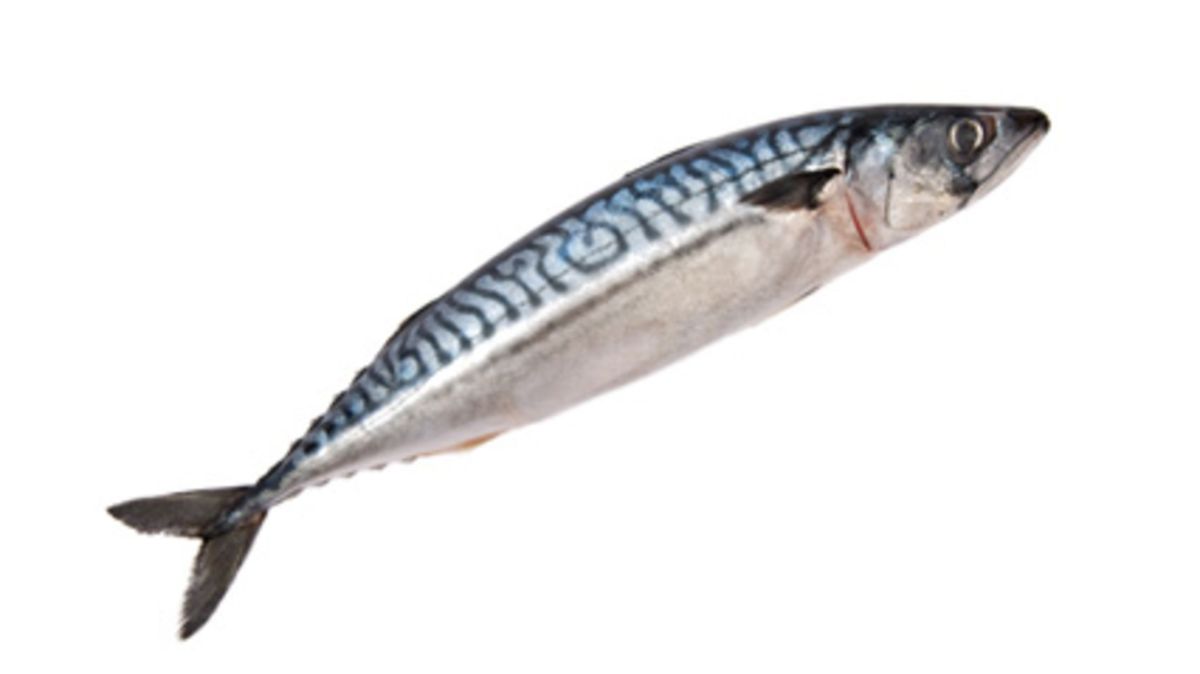The American Revolution was barely 15 years in the rear-view mirror, when the new State House opened in the Beacon Hill neighborhood of Boston. The building has expanded a couple of times since then and remains the home of Massachusetts’ state government, to this day.

On January 11, 1798, a procession of legislators and other dignitaries worked its way from the old statehouse at the intersection of Washington and State Streets to the new location on Beacon Hill, a symbolic transfer of the seat of government. The procession carried with it, a bundle. Measuring 4-feet eleven-inches and wrapped in an American flag, it was a life-size wooden carving. Of a codfish.
For the former Massachusetts colony, the lowly cod was once a key to survival. Now, this “Sacred Cod” was destined for a new home in the legislative chamber of the House of Representatives.

Mark Kurlansky, author of “Cod: A Biography of the Fish That Changed the World”, laments the 1990s collapse of the Cod fishery, saying the species finds itself “at the wrong end of a 1,000-year fishing spree.”
Records date back as early as AD985 when Eirik the Red, Leif Eirikson’s father, preserved Codfish by hanging them in the cold winter air. Medieval Spaniards of the Basque region improved on the process, by the use of salt. By A.D. 1,000, Basque traders were supplying a vast international market, in codfish.
By 1550, Cod accounted for half the fish consumed in all Europe. When the Puritans set sail for the new world it was to Cape Cod, to pursue the wealth of the New England fishery.

Without codfish, Plymouth Rock would likely have remained just another boulder. William Bradford, first signer of the Mayflower Compact in 1620 and 5-term governor of the Plymouth Colony (he called it “Plimoth”), reported that, but for the Cod fishery, there was talk of going to Manhattan or even Guiana: “[T]he major part inclined to go to Plymouth, chiefly for the hope of present profit to be made by the fish that was found in that country“.
There are tales of sailors scooping codfish out of the water, in baskets. So important was the cod to the regional economy that a carved likeness of the creature hung in the old State House, fifty years or more before the Revolution.

The old State House burned in 1747, leaving nothing but the brick exterior you see today, not far from Faneuil Hall. It took a year to rebuild the place, including a brand new wooden Codfish. This one lasted until the British occupation of Boston, disappearing sometime between April 1775 and March 1776.
The fish which accompanied that procession in 1798 was the third, and so far the last such carving to hang in the Massachusetts State House where it’s remains, to this day. Sort of.
It was April 16, 1933 with the country mired in the Great Depression, when someone looked up in Massachusetts’ legislative chamber, and spied – to his dismay – nothing but bare wires. The Commonwealth had suffered “The Great Cod-napping”, of 1933.
Newspapers went wild with speculation. What had happened to The Sacred Cod.
Suspects were questioned and police chased down one lead after another, but they all turned out to be red herring (sorry, I couldn’t help myself). State police dredged the Charles River, (Love that dirty water). Lawmakers refused to d’bait (pardon), preferring instead to discuss what they would do with those dastardly Cod-napper(s), if and when the evildoers were apprehended.
Soon, an anonymous tip revealed the culprits to be college pranksters. Three editors of the Harvard Lampoon newspaper, pretending to be tourists. It was a two-part plan, the trio entering the building with wire cutters and a flower box, as other Lampoon members created a diversion by kidnapping an editor from the arch-rival newspaper, the Harvard Crimson. The caper worked, flawlessly. Everyone was busy looking for the missing victim, as two snips from a wire cutter brought down the Sacred Cod.

On April 28, a tip led University Police to a car with no license plate, cruising the West Roxbury Parkway. After a 20-minute low speed chase, (I wonder if it was a white Bronco), the sedan pulled over. Two men Carp’d the Diem (or something like that) and handed over the Sacred Cod, before driving away.
Once again the Sacred Cod ascended to its rightful place, and there was happiness upon the Land. The Cod was stolen one more time in 1968, this time by UMASS hippies protesting some fool thing, but the fish never made it out of the State House.

Years later, future Speaker of the House Tip O’Neill faced the Cod in the direction of the majority party. It will come as no surprise to anyone familiar with Bay State politics that the thing has faced Left, from that day to this. For Massachusetts’ minuscule Republican delegation, hope springs eternal that the Sacred Cod will one day, face Right.
Not to be outdone, the State Senate has its own fish, hanging in its legislative chambers. There in the chandelier, above the round table where sits the Massachusetts upper house, is the copper likeness of the “Holy Mackerel”. No kidding. I wouldn’t kid you about a thing like that.
Legend has it that, when you see those highway signs saying X miles to Boston, they’re really giving you the distance to the Holy Mackerel.
A tip of my hat to my friend and Representative to the Great & General Court David T. Vieira, without whom I’d have remained entirely ignorant of this fishy tale.




Well I wonder why anyone would want steal a wooden cod?🤔
LikeLiked by 1 person
I just knew college guys were going to be the culprits. You look like you belong there! A true natural.
LikeLiked by 1 person
No sir, I’m not cut out for government work. I’d tell the whole lot of them to perform an anatomically improbable act. Better I stay on the productive side of the economy.
LikeLiked by 1 person
” I’d tell the whole lot of them to perform an anatomically improbable act.”… Rick that tells me you are perfect for the job! lol
LikeLiked by 1 person
😂
LikeLiked by 1 person
Reblogged this on Dave Loves History.
LikeLiked by 1 person